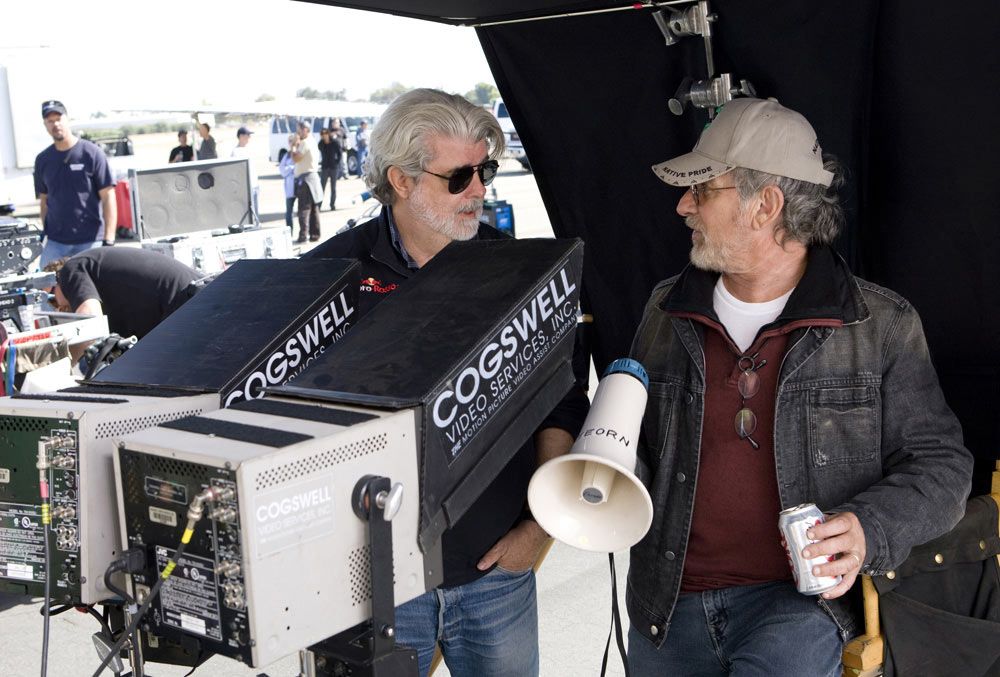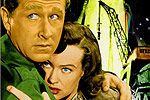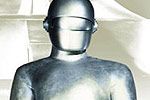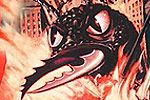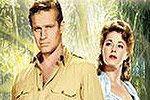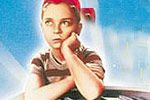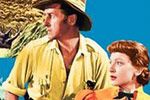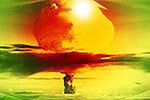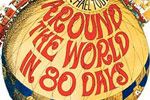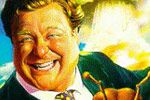This year at ShoWest, we got the rare opportunity to chat with George Lucas about his upcoming Star Wars: The Clone Wars theatrical release. It's a project he seems quite enthusiastic about. And hopeful. He truly believes that it will restore faith in certain longtime audience members who have maybe given up on that particular franchise. Even if it doesn't, he really doesn't seem to care either way, though. Why? "It's not that you can't please everyone. It's that you can't please anyone. I learned that long ago." That, and he knows he has another, bigger problem to worry about this summer. Indiana Jones and the Kingdom of the Crystal Skull. He's already built an imaginary bomb shelter over his head. Because he knows people aren't going to like it by default.
"When you make a movie like Indiana Jones and the Kingdom of the Crystal Skull, people automatically expect the Second Coming. They set themselves up to hate it. I went through the same thing on Star Wars. Nobody is going to be happy. When you make a movie like this, all you can do is lose." It's a statement he has made many times. And fans on the Internet have reiterated the sentiment tenfold without having seen more than two minutes of the film via the handful of trailers and TV spots that have slowly spilled forth from Paramount.
Lucas has made it clear that this new addition to the Indiana Jones franchise is not coming from the same place as the last three films. Dr. Jones has aged appropriately, and the events seen in The Kingdom of the Crystal Skull take place approximately twenty years after we last saw Indy and Company in The Last Crusade. Where those films reflected the black and white adventure serials of the 30s and 40s, Lucas and his director Steven Spielberg wanted this new film to reflect the B movies of the 1950s.
George tells us, "The new film takes place in that time period, so we wanted to look at what kinds of B movies were popular in the fifties. We wanted to use that as our uber-genre. With this new film, we didn't look at it as a Saturday matinee serial from the 40s. We wanted it to reflect what was going on with the B movies of the fifties." What are some of those influences? Well, after speaking with Lucas, we were able to come up with the ten films you need to see before embarking on your holly quest to catch Indiana Jones and the Kingdom of the Crystal Skull in theaters. After viewing the films on this proceeding list, you will have a better understanding of the mythology and subtext found in George Lucas' latest film.
George Lucas is quite prepared for the negative reviews that are bound to come his way later this May. But he hopes that, after viewing a few of the films that served as inspiration for Indiana Jones and the Kingdom of the Crystal Skull, you'll have a little better understanding of its roots in 1950s B movie lore. Stay tuned for more Indiana Jones and the Kingdom of the Crystal Skull news as it becomes available.
Indiana Jones and the Kingdom of the Crystal Skull opens Thursday, May 22nd, 2008.

